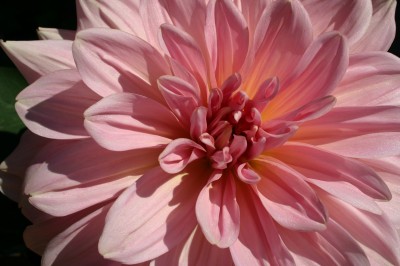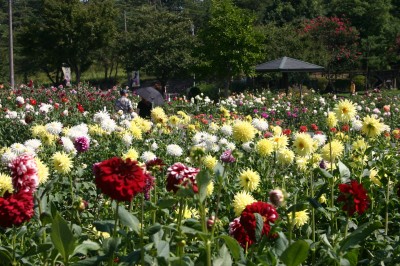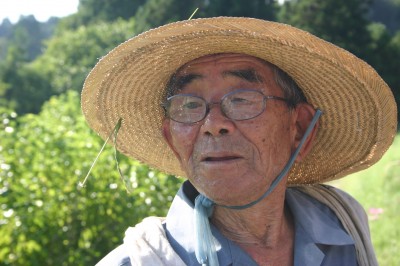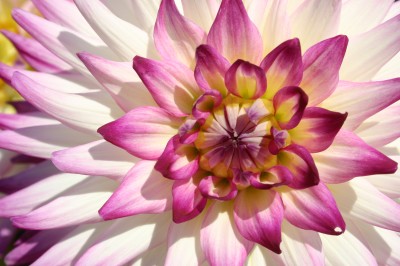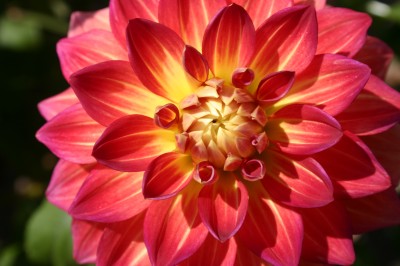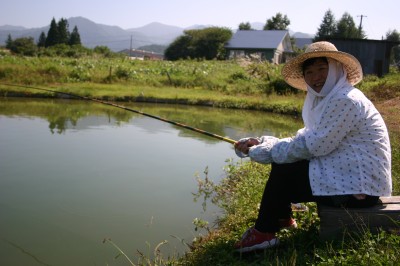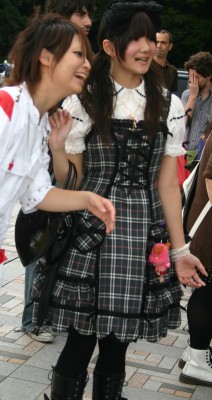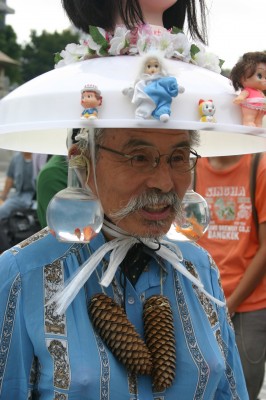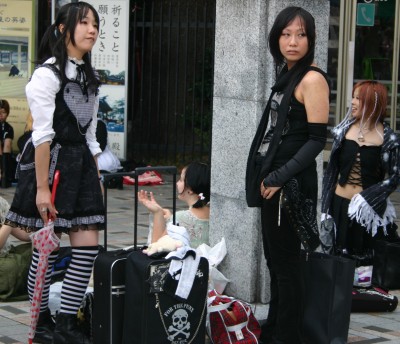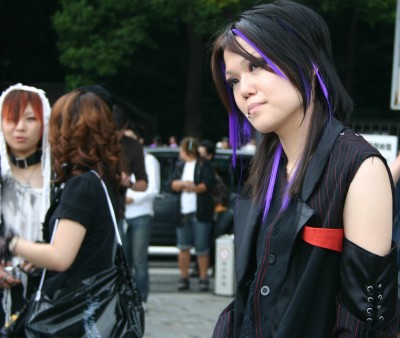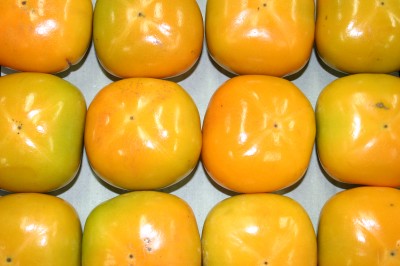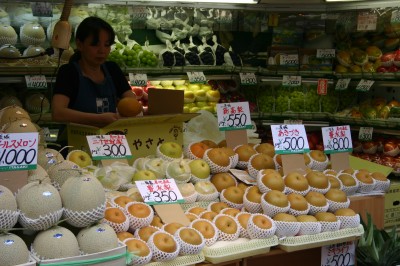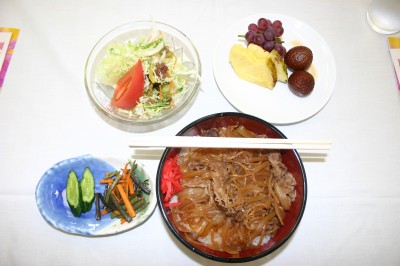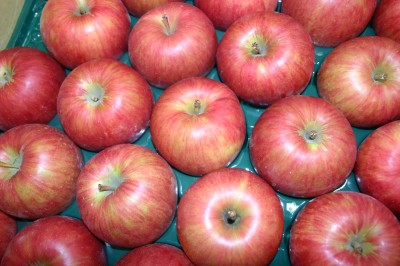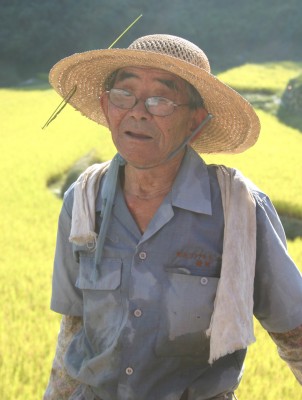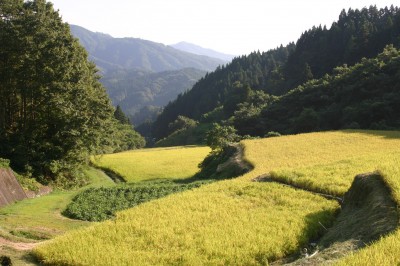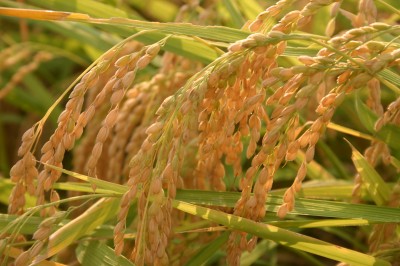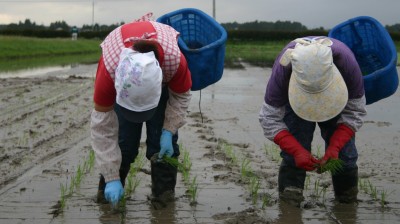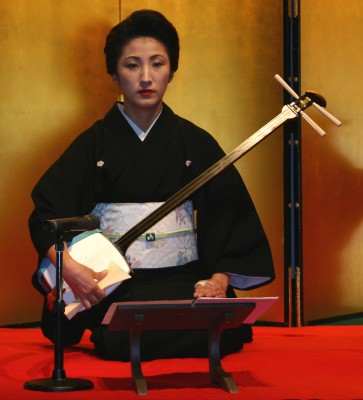Soaping, scrubbing and rinsing thoroughly before lowering yourself into the lusciously hot and clean waters of a naturally-fed mineral spring bath is a Japanese must. Emerging from the onsen bath I feel totally cleansed both inside and out. The feeling of squeaky clean remains with me for the rest of the evening and much of the following day despite travelling in temperatures that soar above 30 degrees centigrade and a sticky humidity. Bathing at an onsen is a gratifying experience. It is no wonder that the Japanese are so keen on it
On the whole, the Japanese seem to be a clean, hygienic and purist people. This feeling of pure and perfect also extends to their food. Nothing but the best will suffice. The apples must be perfectly round and unblemished and the rice must be cooked to just the right degree of stickiness.
The hankering for perfect places a lot of pressure on the farmer. On the one hand, the consumer wants products that look perfect. On the other hand, the consumer is stoutly against any type of GMO and the use of pesticides is also frowned upon. The supply of organic rice can seemingly not meet the demand despite the fact that organic rice costs the consumer twice as much to buy. At the same time, government regulations limit rice production in order to keep the rice price up. One third of a farmer’s acreage must be planted with other crops. Otherwise, the farmer loses his subsidy and may not sell his rice through the agricultural coop.
The government has several targets for agriculture that seem to be rather difficult to consolidate with reality. Japan aims to increase its self-sufficiency from the present low of 39 percent. Consumers are encouraged to eat Japanese products – especially rice – and people are encouraged to be more interested in agriculture. However, limiting quotas are set for rice production.
The amount of available arable land is rather limited in this mountainous country and is on the decrease as cities take over more and more space. At the same time the government aims not only to increase self-sufficiency with regard to food, but also wants more land to be dedicated to growing crops for ethanol production. And the government even wants to strongly increase its export of agricultural products.
Where is all this land going to be found? And where will the young people needed to farm the land be found in a country where the average age of the farmer is 65 and where the average age of the population in general is getting higher?

